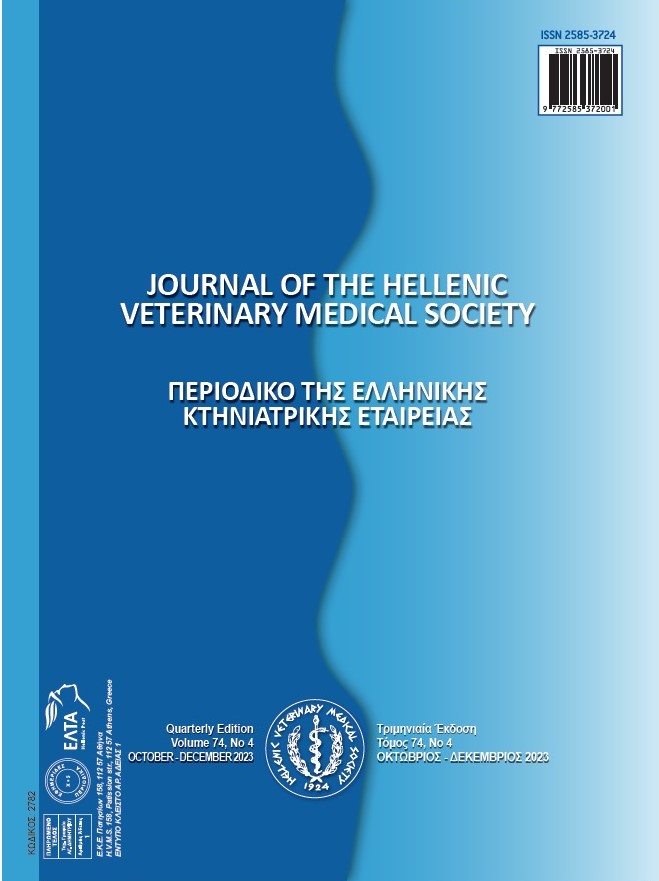The effect on carcass characteristics of different silage types used in the rations of fattening lambs

Abstract
This study was carried out to investigate the effects on carcass characteristics of lambs fed with different silage types (corn silage, sunflower silage and their mixtures) and their mixtures at different levels. In the study, rumen volatile fatty acids levels and rumen pH of the lambs used in the experiment were determined at the beginning and end of fattening. For corn silage and sunflower silages, aerobic stability and lactic acid bacteria and yeast-mold counts were determined. In the treatment, 40 Kıvırcık male lambs aged 2.5-3 months were used as animal material. Lambs were divided into 5 different silage groups (100% corn silage, 75% corn+25% sunflower silage, 50% corn silage+50% sunflower silage, 25% corn silage+75% sunflower silage, 100% sunflower silage) and it was planned to have 8 lambs in each group. The lambs were housed in individual compartments during the experiment and the animals were individually fed. Silages were given to the lambs ad libitum and in addition to silage 700, 900 and 1400 g concentrated feed were given daily between 0-21, 21-42 and 42-56 days, respectively. As a result, it can be said that feeding with different silage types does not have a significant effect on carcass characteristics of lambs, and silages prepared with corn silage, sunflower silage and their mixtures can be used successfully in lamb fattening.
Article Details
- How to Cite
-
Şengül, Ö, & Ak, İ. (2024). The effect on carcass characteristics of different silage types used in the rations of fattening lambs . Journal of the Hellenic Veterinary Medical Society, 74(4), 6599–6606. https://doi.org/10.12681/jhvms.31705
- Issue
- Vol. 74 No. 4 (2023)
- Section
- Research Articles

This work is licensed under a Creative Commons Attribution-NonCommercial 4.0 International License.
Authors who publish with this journal agree to the following terms:
· Authors retain copyright and grant the journal right of first publication with the work simultaneously licensed under a Creative Commons Attribution Non-Commercial License that allows others to share the work with an acknowledgement of the work's authorship and initial publication in this journal.
· Authors are able to enter into separate, additional contractual arrangements for the non-exclusive distribution of the journal's published version of the work (e.g. post it to an institutional repository or publish it in a book), with an acknowledgement of its initial publication in this journal.
· Authors are permitted and encouraged to post their work online (preferably in institutional repositories or on their website) prior to and during the submission process, as it can lead to productive exchanges, as well as earlier and greater citation of published work.


